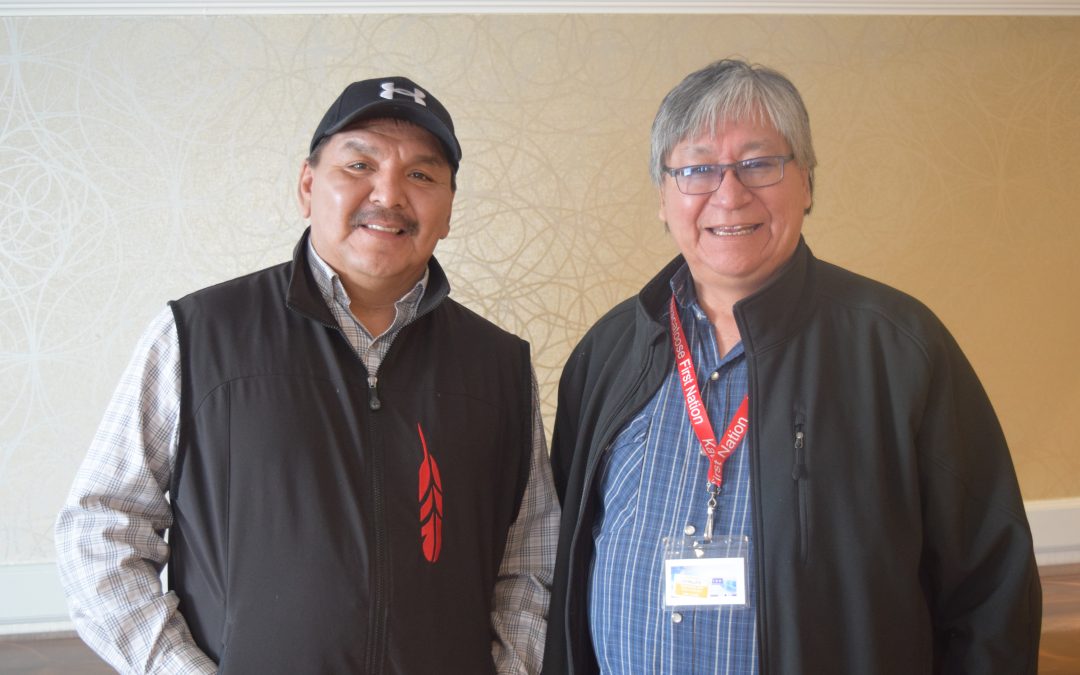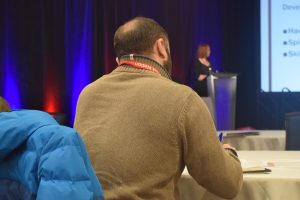Some First Nations are expressing their initial disappointment in the Saskatchewan Party government’s plan for the cannabis industry.
Of the over 30 communities selected by the province for cannabis retailers, three were First Nations. Those First Nations were the Lac La Ronge Indian Band, Onion Lake Cree Nation and Peter Ballantyne Cree Nation.
No word yet if these communities will accept the license and allow a cannabis retailer to open to their members, however, government officials say they plan to give them plenty of time to decide.
Meanwhile, some First Nations representatives are saying this selection process showed a lack of consultation and involvement from First Nations communities across the province. Some of the leaders of the First Nations chosen for licenses even expressed surprise in the decision.
Darin Poorman, the Director of Operations for the business arm of Kawacatoose First Nation, pointed to the federal government’s desire of one-third involvement for First Nations in the cannabis industry as a good starting ground for Aboriginal involvement.
“We as First Nations people didn’t allocate who was going to get those retail licenses,” said Poorman. “We are supposed to get one-third of the industry and three First Nations is nowhere close to one-third of the 74 First Nations in this province.”
Poorman says there is a lot of push from several individual First Nations to sit down with the province to hopefully get more licenses for their communities.
“Regardless on how we see this industry as First Nation people this is going to become legal very soon, so we have to make sure we are at the table because we have been left out too many times in the past,” he said. “We have been given this opportunity by the federal government, but the province seems to be pushing us out.”
A spokesperson for the province says they were dealt a short timeline to introduce the cannabis framework and they plan to consult better with First Nations and all communities going forward.
“This timeframe has been rushed for everyone involved,” said Jim Engel, SLGA Vice-President of Corporate Services and Gaming Operations.
Engel says the process for choosing communities required a population threshold of at least 2,500 people.
“That’s why those three First Nations and 37 other communities were selected,” he said.
Engel says it is likely more licenses will be available to Indigenous communities in the future. He says 12 to 18 months is the timeline being put forward right now for when additional licenses will be made available.
“We want to see how this process is going to look under a number of factors,” said Engel. “It is fair to say all of what has gone on, up to this point, and what will take place over the following months will be subject to evaluation…it’s still very much a script to be written.”
(PHOTO: An interested conference attendee listens to one of the many presenters at the Indiginclusion Conference in Saskatoon. Photo by Joel Willick.)
In the meantime, officials from Kawacatoose First Nation are hosting a conference devoted to Indigenous inclusion in the cannabis industry.
While some First Nations are waiting for possible licenses, Poorman hopes the conference will bring First Nation communities and industry leaders together.
“We need to partner with the right people and those partnerships will be key in getting us into the industry,” he said.
One of the presenters during the conference was Renée Gagnon of Hollyweed North. Gagnon is the first transgender CEO of a publicly traded marijuana company.
She spoke to the conference on the practice, challenges and benefits of manufacturing quality cannabis.
“Cannabis is a valid means of economics,” said Gagnon, who has made millions in the industry.
While Gagnon encouraged the many First Nation representatives to look into the opportunities, she warned them that start-up costs are immense. She said, on average, to begin cultivating quality cannabis a $3-5 million investment is required with about 1 to 4 years of development.
“However, I can tell you, you can do amazing things in your community with the wealth that flows from this,” she said.
(TOP PHOTO: Darin Poorman (left) and Sanford Strongarm (right), leaders from Kawacatoose First Nation. Both are expressing their desire for more cannabis licenses in Indigenous communities. Photo by Joel Willick.)

